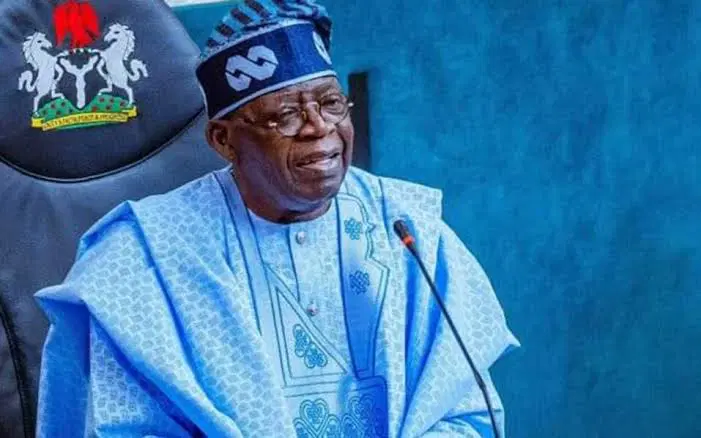The Federal Executive Council, on Monday, approved the establishment of the Creative and Tourism Infrastructure Corporation.
This entity will operate under a public-private partnership model to develop its creative and tourism industries and add $100bn to the country’s Gross Domestic Product by 2030.
The Minister of Art, Culture, Tourism, and Creative Economy, Hannatu Musawa, disclosed this to State House Correspondents at the end of the first Federal Executive Council meeting of the year in Abuja.
“Among CTIC’s primary goals are building an infrastructure foundation for the creative and tourism sectors, targeting at least $100bn in GDP growth, and creating no fewer than two million jobs, especially for young people,” said Musawa.
According to Musawa, the CTIC will serve as a special-purpose vehicle under a PPP framework, allowing the government and private partners to identify, deploy, and finance critical infrastructure needs in the creative sector.
She highlighted Nigeria’s growing reputation for creativity—mainly through its content and talent—and noted that the President specifically aims to diversify the economy by fostering innovation and investment in the creative industry.
The government, she continued, has already begun engaging with development partners and stakeholders worldwide to devise innovative approaches for infrastructure development and financing.
“So we have now engaged with development partners and stakeholders all over the world in this discussion to develop innovative infrastructure development and financing approaches.
“The fundamental key objectives of this CTIC are to provide the infrastructural foundation that is needed for the creative industry and the tourism industry and to generate at least $100bn to the increase of the GDP and at least 2 million jobs specifically for a younger demographic,” she revealed.
The Minister stressed the importance of world-class infrastructure to attract investment, nurture talent and innovation, and promote Nigeria’s cultural heritage both locally and globally.
She pointed out that, despite abundant talent and content, the sector’s potential is hindered by a lack of physical infrastructure.
Musawa used the example of last year’s “Dirty December” festivities in Lagos to illustrate the impact better facilities could have in showcasing Nigeria’s creative output to the world.
“Just last year, December, everybody saw what happened in Lagos, the Dirty December; this was a huge, huge way of showing the world that Nigeria really has what it can offer to the world when it comes to the creative industry.
“But can you imagine if Dirty December was supported by the proper infrastructure that will allow its growth? We want to leverage that output to make sure that we can really have the value, the vast value, that can bring economic growth through this industry,” she argued.
Several proposed projects were listed, including the development of Obudu Ranch, Yankari Games Reserve, Abuja Creative City, 5,000 cinema screens, the Wole Soyinka Centre’s Creative City in Lagos, and the Center for African Arts.
She explained, “So let me just talk briefly about some of the projects that we’re looking at, and some of these projects are Obudu Ranch, Yankari Games Reserve, the Abuja Creative City, a 5000 cinema screen, Creative City at the Wole Soyinka Centre, Lagos, Centre for African Arts, Digital Distribution Network, upgrading the National Gallery and expanding National Arena capacity to 100,000.
“We want to bring a national museum to Abuja. Imagine the giant of Africa not having a museum in its capital city.
“We want to bring Nollywood and realise Nollywood as a proper destination, and I spoke about the music arenas that we need to have all over the country.”
The Minister said the administration sees significant opportunities in the creative and tourism industries as it works to provide not only the necessary infrastructure but also the frameworks that will allow the Nigerian public to benefit from the value the sectors can generate.

 2 hours ago
1
2 hours ago
1















 English (US) ·
English (US) ·